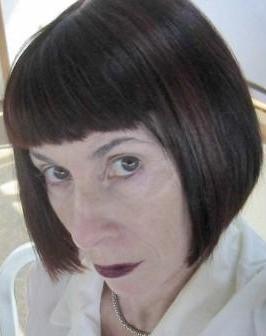
“As we spend more and more of our time staring at the screen of movies, televisions, computers, and handheld devices “windows” full of moving images, text, and icons- how the world is framed has become as important as what is in the frame” Anne Friedberg presents a new modern context towards the word and meaning of framing life and objects. Making connections and taking knowledgeable research from Leon Alberti and Microsoft. Friedberg draws upon these resources within 21st century society, focusing not only on framing with our eyes through traditional representations of windows and doors. Also through technology.
Anne Friedberg’s new book is a contribution to the first, humanist, kind of writing, but with an important difference: she is concerned not only with the origins of the perspective window but. Anne Friedberg i is the Professor and Chair of Critical Studies at the University of Southern California School of Cinematic Arts. 'Friedberg's idea of the 'mobilized virtual gaze' may become the way we conceive of postmodern subjectivity. This book is in a class by itself.' —Linda Hutcheon, author of The.
Their are many examples that achieve this new outlook on framing but also have a primary purpose. For example digital windows are used for business advertisement, shop windows, billboards, bus shelters adverts, architecture and design. The examination on ‘The Virtual Window by Friedberg, gave me a fresh perspective on how i defined framing, which then altered how i approached art based work surrounding the subject matter of framing an environment. This consequently lead me to consider what it would mean to use technology in this way and how i did this would define the view and perspective i wanted to create. Friedberg allows you to open your eyes to what you see and the opportunities your vision can present alondside your skills.
Honorable Mention, 2008 Katherine Singer Kovacs Book Award presented by the Society for Cinema and Media Studies. And 2007 Winner of the Phi Kappa Phi Faculty Recognition Award at University of Southern California. As we spend more and more of our time staring at the screens of movies, televisions, computers, and handheld devices—windows full of moving images, texts, and icons—how the world is framed has become as important as what is in the frame. In The Virtual Window, Anne Friedberg examines the window as metaphor, as architectural component, and as an opening to the dematerialized reality we see on the screen. In De pictura (1435), Leon Battista Alberti famously instructed painters to consider the frame of the painting as an open window.
Krishna amritwani audio download. Taking Alberti s metaphor as her starting point, Friedberg tracks shifts in the perspectival paradigm as she gives us histories of the architectural window, developments in glass and transparency, and the emerging apparatuses of photography, cinema, television, and digital imaging. Single-point perspective—Alberti s metaphorical window—has long been challenged by modern painting, modern architecture, and moving-image technologies. And yet, notes Friedberg, for most of the twentieth century the dominant form of the moving image was a single image in a single frame.